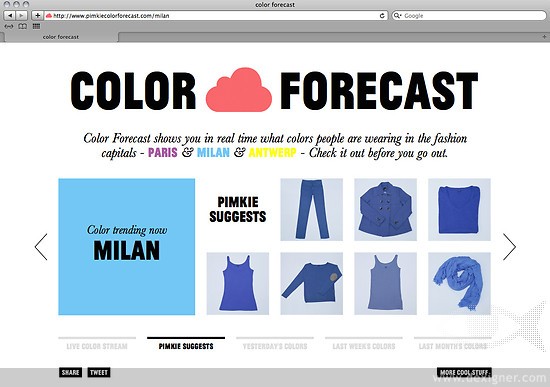12 Retail Trends and Predictions 2015
Post on: 16 Март, 2015 No Comment

In 2014, we saw more merchants venture into omnichannel retailing and try in-store marketing solutions such as beacons to enrich the shopping experience. Next year, we anticipate stores to double down on these strategies and continue to find ways to bridge the gap between offline and digital channels.
In addition, we expect platforms such as social media and mobile to play bigger roles in people’s shopping experiences.
Many retailers leveraged social to engage users and influence their merchandising decisions this year, but in 2015, we’re anticipating companies to go beyond that and use social not just to showcase products, but to actually sell them.
The same goes for mobile. Companies won’t just use the small screen to “get in front” of customers (i.e. through geo-fencing and mobile-enabled sites). In 2015, retailers will step up their efforts by incorporating mobile into other parts of the customer journey, including order fulfillment, payments, and loyalty.
We discuss these trends—among many others—in more detail below. Read through the following predictions and see how you can use them to make decisions in 2015, stay ahead of your competitors, and provide a better shopping experience for your customers.
will continue to heavily influence retail.
Retail in 2015 will continue to be driven by the needs and preferences of two prominent generations: baby boomers and millennials.
Most boomers will be in their 60s and 70s next year, and retailers that cater to these consumers would need to adjust to make shopping easier for them. As consulting firm PwC noted, “the Baby Boomer generation will age with increased financial resources and with a greater emphasis on youth and vitality than previous generations. As a result, they not only will tax manufacturers to adapt products to their specific post-retirement needs, but also will require retailers to respond to their evolving needs as they approach the age of 70 in 2015.”

Retail expert Georganne Bender pointed out in VOAnews.com that this can already be seen at some drugstore chains. “They’re re-setting their counters, not putting things too high or too low, [and] they’re putting carpeting in the store,” she told the publication.
On the flip side, Gen Y—a young but equally large—market segment will also be a major influence in retail. Merchants who want to reach millennials will need to invest in mobile, as they are the largest group of smartphone owners (and adoption is still growing).
Speed is also an essential factor when it comes to reaching the Gen Y market. As a generation that grew up in an age where almost anything is just a click away, millennials have a tendency to be impatient. Retailers who want to engage them must invest in more robust order fulfillment systems and fast (but excellent) customer service.














